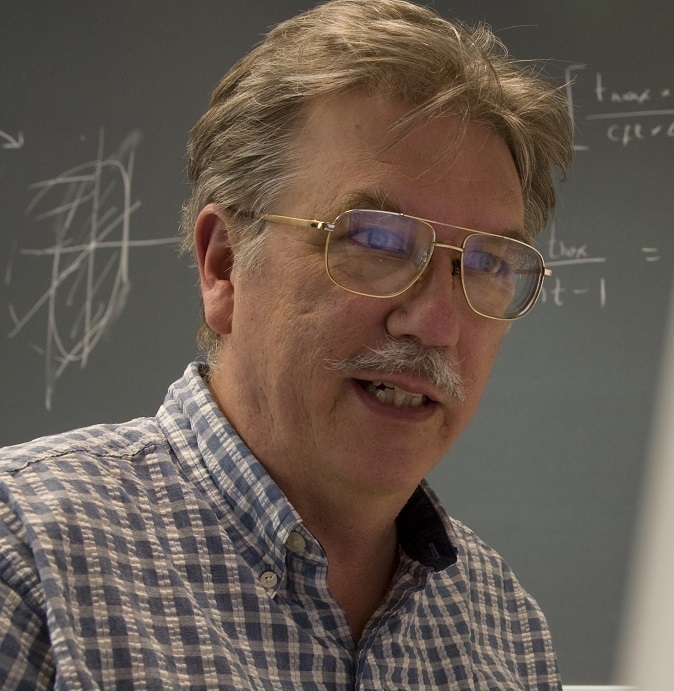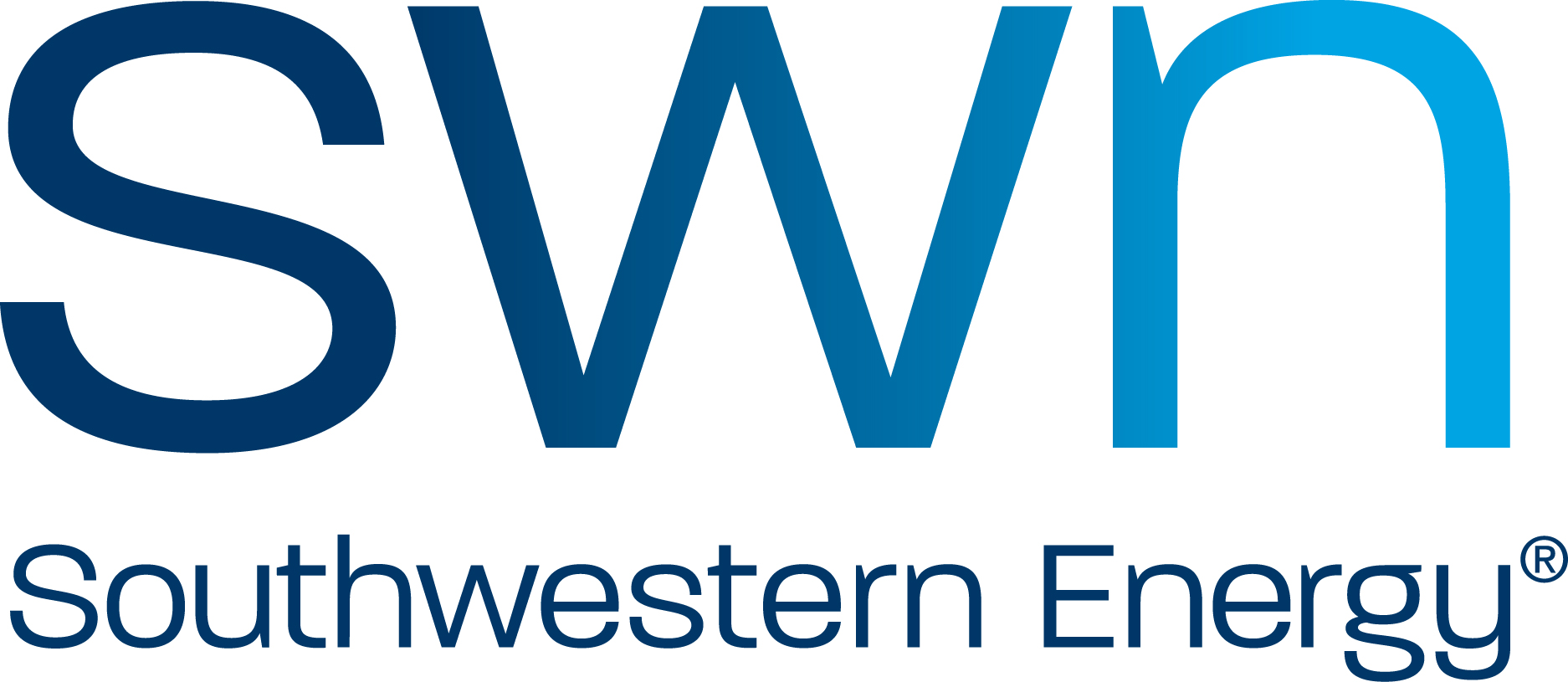POSTPONED-North Tech Lunch: SEG Distinguished Lecture 2018 1Q, 2Q: Advanced imaging for practitioners* - Mar 22nd

Due to unforeseen circumstances, this meeting is Postponed. We hope to reschedule.
Due to unforeseen circumstances, this meeting is Postponed. We hope to reschedule.
Meeting Location:
Southwestern Energy Conference Center
10000 Energy Drive
Spring, TX 77389
(Free parking)
Meeting Time:
11:00 to 1:00 pm
*Registration Begins at 11:00
**Buffet Lunch line will open at 11:15
**Presentation starts at 12:00
NOTE: You Must Be Logged In to Register.
Speaker: William W. Symes, Rice University
Seismic migration has been a core geophysical technology for more than 50 years and continues to evolve in its capacity to reveal detailed quantitative information about the sedimentary earth. Integration of ever more accurate and complete seismic wave physics, more precise numerical methods, and rapidly improving computer hardware and software environments have made formerly “advanced” methods such as prestack reverse time migration (RTM) relatively routine.
This lecture will discuss two variants of RTM aimed at enhancing the significance of image amplitudes. Both true amplitude migration and least squares migration (LSM) are being actively researched; singly and in combination, they have many applications, some surprising. I will describe a number of these applications and illustrate them using synthetic and field data examples.
Sharper Imaging, Angle-Dependent Reflectivity: True amplitude migration modifies RTM by filters and scale factors, producing physically significant amplitudes and more accurate event wavelet for negligible incremental cost. Some variants of true amplitude migration also can produce an extended image volume depending on position in the subsurface and on scattering angle/azimuth. Much additional information can be extracted from such extended images, including estimates of various physical parameters.
Accelerated least squares migration: LSM is iterative linear inversion, requiring repeated RTM application to update a physical model of the subsurface so that data traces are fit, wiggle for wiggle. Therefore, its improved account of the subsurface comes at a fairly high computational price. A properly formulated true amplitude migration can be used to accelerate the convergence of the iteration, reducing the required number of RTM applications by an order of magnitude or more with little additional cost per iteration.
Fast LSM Angle-dependent Reflectivity: Extended images represent the earth as a scattering angle/azimuth dependent reflectivity volume. Extended true amplitude migration accelerates an extended version of LSM also, yielding an extended model volume of calibrated precision at relatively low price.
Irregular Sampling / Missing Data: LSM naturally adapts to irregular acquisition geometry. By treating infill data as additional inversion targets to be determined, it is possible to use true amplitude accelerated LSM with incomplete data as well.
Accelerated FWI: Full waveform inversion (FWI) is the full-physics, nonlinear version of LSM, which is itself a single step in an effective FWI iteration. Acceleration (or even replacement) of this Gauss-Newton step by true amplitude migration results in a very substantial speed-up of FWI, coming much closer to convergence even with the small number of iterations used in typical contemporary FWI exercises.
Velocity Estimation: The velocity field is an essential input to most prestack imaging methods. A reasonably accurate initial estimate of velocity also is essential for reliable FWI. Traveltime tomography is perhaps the most common source of velocity information for these purposes. Wave equation migration velocity analysis (WEMVA) is another. Even though WEMVA is essentially tomographic, aimed at extracting kinematic information from the data, true amplitude migration and accelerated LSM can play a surprisingly constructive role. Use of these inversion methods in constructing image gathers for WEMVA substantially enhances the effectiveness of the WEMVA velocity update, removing some notorious artifacts that can impede convergence, and permitting effective accuracy control.
Things to Come: Much of the theory and practice for both true amplitude migration and LSM rests on the simplest acoustic wave equation. Recent work focuses on incorporating more accurate seismic physics, particularly elastodynamics and attenuation, and on reducing the computational expense of angle-dependent reflectivity estimation.
Speaker Biography: William W. Symes, Rice University
William W. Symes graduated with honors from the University of California--Berkeley in 1971 and received a PhD in mathematics from Harvard University in 1975. After research and teaching positions at University of British Columbia, University of Wisconsin, and Michigan State University, in 1983 he joined the faculty of Rice University, where he currently is Noah G. Harding Professor Emeritus and Research Professor in Computational and Applied Mathematics. He also has been a faculty member in Rice’s Department of Earth Science. He has worked in many areas of applied and numerical mathematics, including numerical methods for wave modeling, scientific software engineering, and theory of, and algorithms for, seismic inversion. He has developed grid-based eikonal solvers, data compression and multi parameter inversion algorithms, efficient viscoelastic modeling methods, QC methods for finite difference modeling (as part of the SEG’s Phase I SEAM project), optimal check-pointing for RTM and FWI gradient calculation, wave equation based acceleration of iterative least squares migration, and the extended modeling / differential semblance concept for seismic velocity estimation. To better explore these topics in an industrial context, Symes founded a research consortium, The Rice Inversion Project, which has been sponsored for more than 25 years by firms in the oil and computer industries, and has supported the studies of more than 40 MA, PhD, and postdoctoral students. Among other honors and awards, Symes has received the Ralph E. Kleinman and Geoscience Career awards from SIAM and is a SIAM Fellow (inaugural class) and Fellow of the Institute of Physics. In 2015, he received the Desiderius Erasmus prize from the European Association of Geoscientists and Engineers for his “seminal contributions to methods, analysis, algorithms, and software for seismic inversion and wave propagation…” .
Price List:
|
Pre-Registered |
Late/Walk-Up
|
Member
|
$35 |
$45 |
| Non-Member |
$45 |
$55 |
Student Member
|
$0 |
$10 |
THANK YOU TO OUR SPONSOR:
